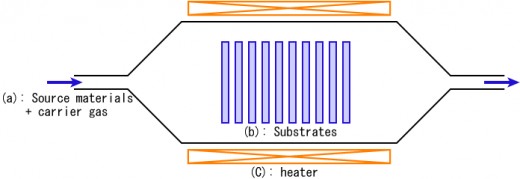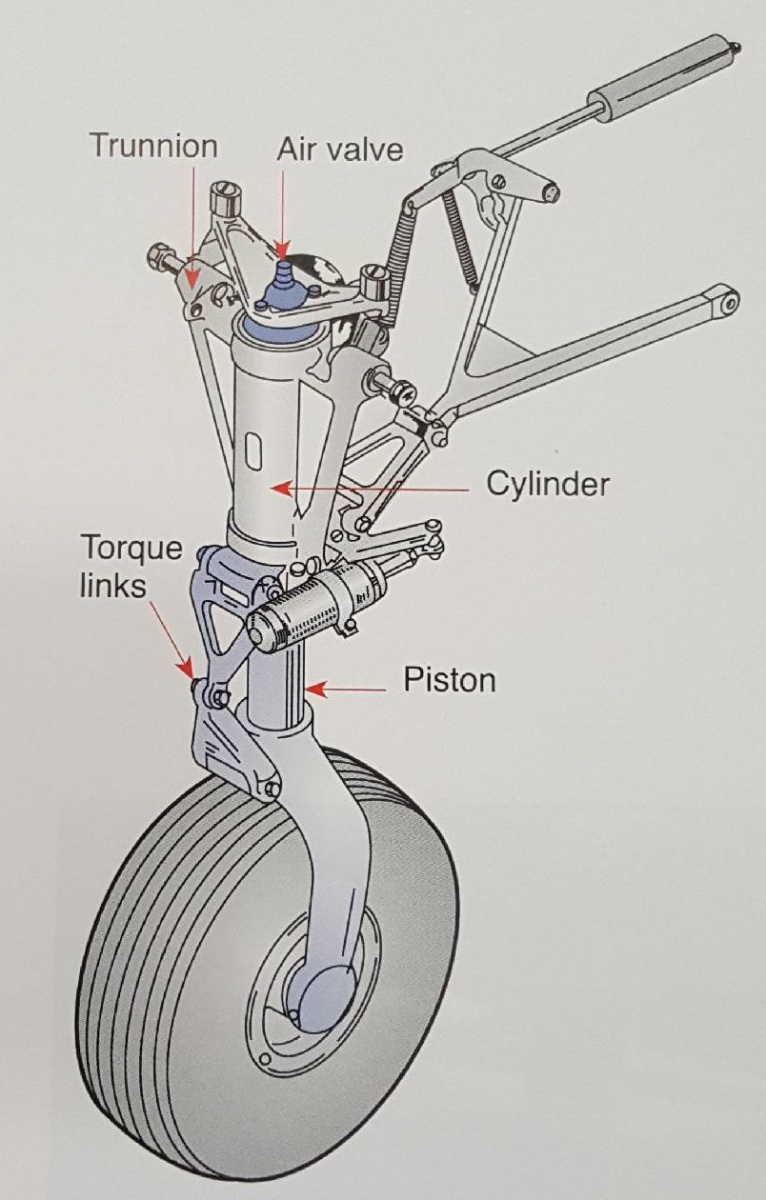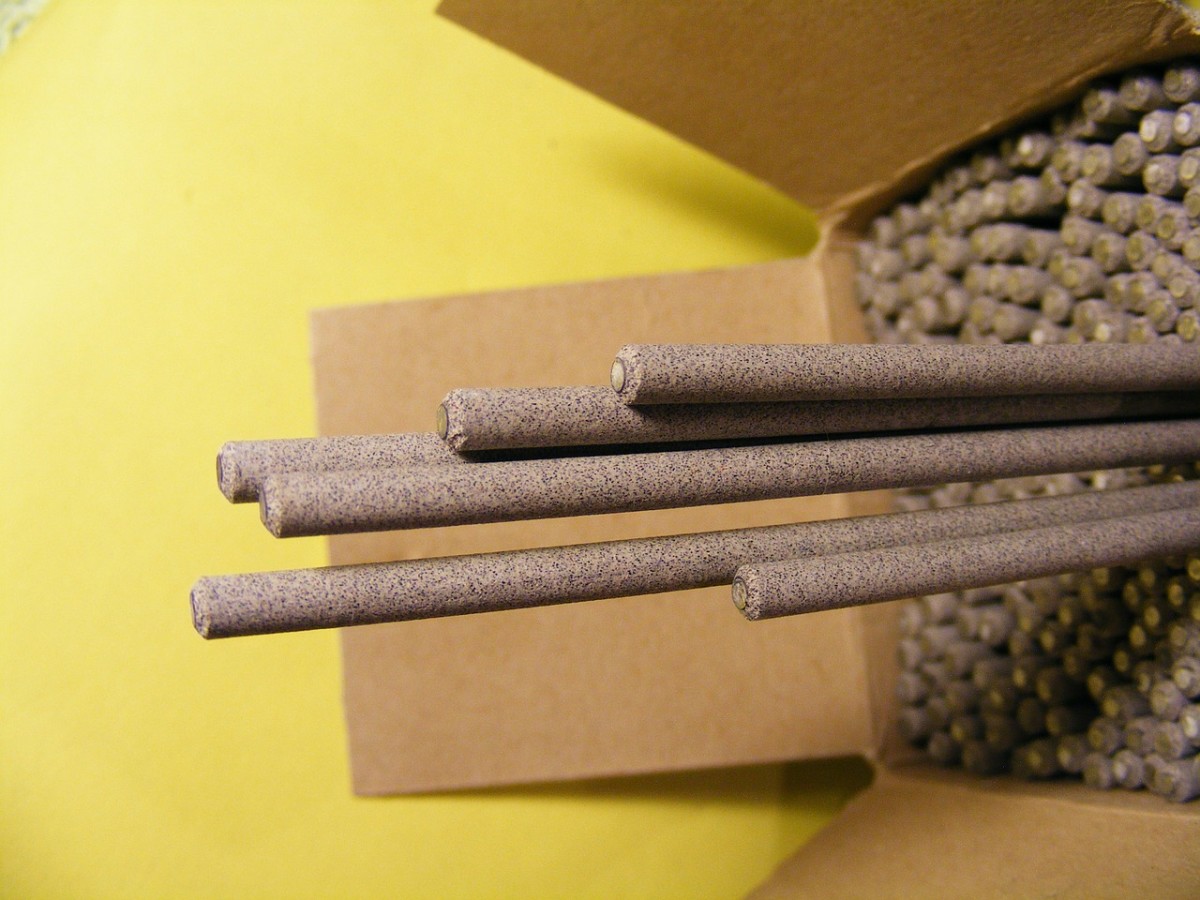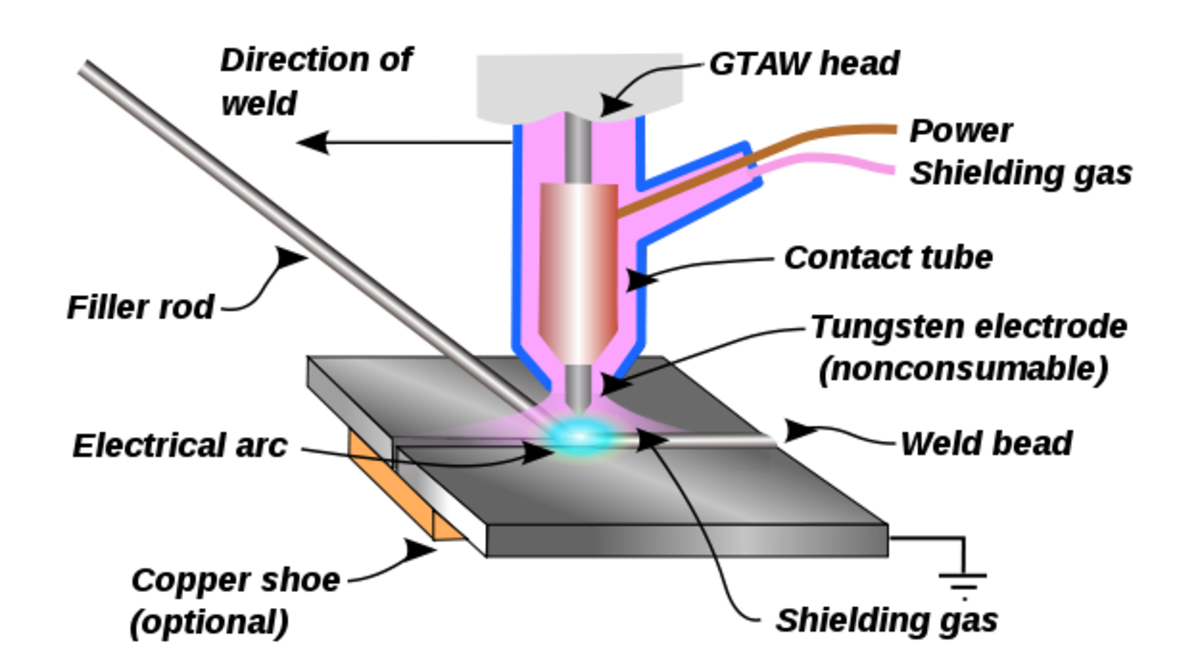Manufacturing Processes - Vapour Deposition
Chemical and Physical Vapour Deposition
Surface engineering is a manufacturing process that includes both chemical and physical vapour deposition. Vapour deposition is used on the surface layers of components and assemblies to improve wear and corrosion resistance across a wide range of materials.
Chemical vapour deposition, sometimes referred to as CVD, is applied on a workpiece which is held at a relatively high temperature and physical vapour deposition, PVD, is applied to workpieces at lower temperatures.
PVD uses 2 methods for deposition:
- Using a heated evaporant in a vacuum chamber, vacuum evaporation
- Using an unheated evaporant in an anode/cathode arrangement within an inert gas atmosphere, sputtering
For the heated evaporant method, vacuum evaporation, the component is positioned over the evaporant and as it is heated and starts to vaporise, a vacuum is pulled on the work chamber. The vapour dissipates in the direction of the workpiece and deposits itself on the surface.
Using the unheated evaporant, sputtering, the evaporant is connected to a cooled cathode plate which has been negatively charged up to around 5kV. The component is positioned in close proximity to the anode terminal and the chamber is filled with an inert gas. Evaporated atoms migrate from the cathode towards the anode and deposit themselves on the workpiece.
CVD Using a Cold Wall System
This system uses an induction chamber that delivers radiated heat to the components contained within the chamber.
Reactive and carrier gases are pumped in from one side of the chamber and the exhaust gases and a vacuum are pulled on the other side of the chamber. As the reactive and carrier gas complete a circuit of the chamber from the input side to the exhaust side, a chemical vapour deposit is left on the heated components on route.
From a cost perspective the process is relatively inexpensive and has a high degree of flexibility because there is no need for dedicated tooling.
Any shape can be treated using these processes but because PVD uses line of sight there are some limits to the geometry and a potential requirement to reposition components if further surface areas need to be treated to vapour deposition.
The processes are used primarily for metals and ceramics but CVD temperatures are too high for standard polymers.
Thermal Chemical Vapour Deposition

Vapour Deposition Reference Books
Thermal Deposition Process - Vacuum Evaporation
Manufacturing Processes Additional Resources
- Manufacturing Processes and Methods Process
The selection of a manufacturing process is done very much on the basis of a manufacturer choosing the process that best suits his needs. Consideration must be given to a number of factors before deciding on a... - Materials Selection versus Manufacturing Process
Material selections can determine what manufacturing processes are available, form can determine what materials can be used and manufacturing processes can determine what form can be created. So what you... - Manufacturing Processes - Surface Treatments
Examining and explaining the use of the manufacturing process for surface treatment of industrial components.




